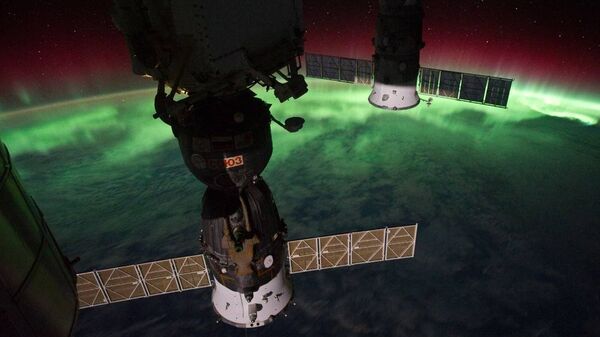Generally, the Aurora Borealis (or Northern Lights) is visible close to or above the Arctic Circle, but with the right conditions the atmospheric phenomenon can be spotted in regions further south. In southern latitudes, the same phenomenon is referred to as Aurora Australis.
The spectacular shows are caused by the interaction of charged particles ejected from the sun striking the Earth’s magnetosphere. The particles, including electrons and protons, enter and exit the gases of Earth’s atmosphere causing ionization.
When the aurora glows in green or orange-red, you are seeing oxygen emissions. When they are blue or red, you are seeing nitrogen emissions.
Many of those lucky enough to catch the show in St. Petersburg were quick to upload photos to Instagram.
“I love our sky and all that it shows us. All these phenomena such as the aurora borealis, the solar eclipse — but even sunsets and sunrises are extraordinarily beautiful, sometimes even breathtaking,” Olga Arseneva, a user who posted several glorious images to Instagram, wrote in Russian.


